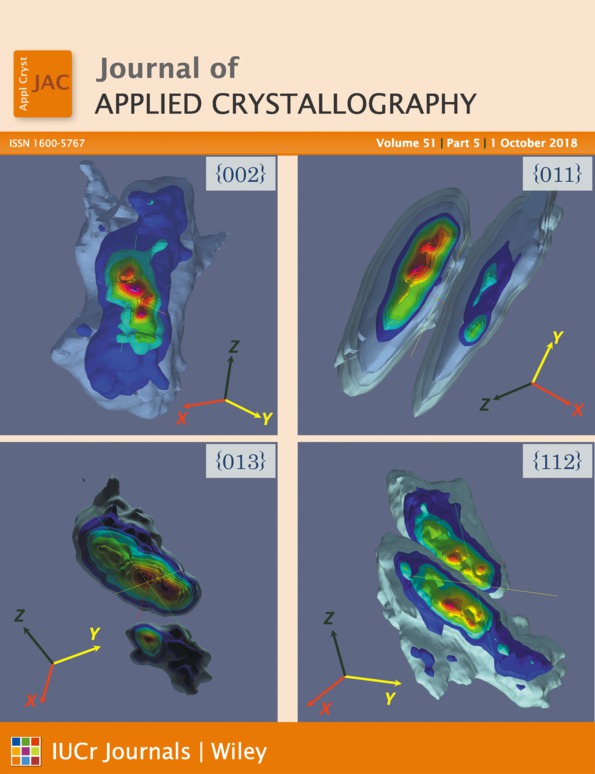Structure of crystallized particles in sputter-deposited amorphous germanium films
Abstract
Pristine thin films of amorphous Ge prepared by sputtering are unstable and form coarse crystalline particles of 100 nm in size upon crystallization by electron irradiation. These crystalline particles exhibit unusual diffraction patterns that cannot be understood from the diamond cubic structure. The structure has previously been assumed to be a metastable hexagonal form. In the present work, the structure of the coarse crystalline particles has been analysed in detail by transmission electron microscopy, considering the possibility that those diffraction patterns might occur with the diamond cubic structure if the particle consists of thin twin layers. By high-resolution lattice imaging the particles have been shown to be of the diamond cubic structure containing a high density of twins and stacking faults parallel to {111}. With such defects, diffraction patterns can be complex because of the following effects: superposition of two or more diffraction patterns of the same structure but of different orientations, double diffraction through twin crystals, and streaks parallel to the thin crystal which give rise to extra diffraction spots. It is found that diffraction patterns taken from various orientations can be explained in terms of these effects.




